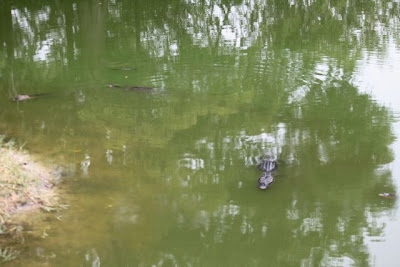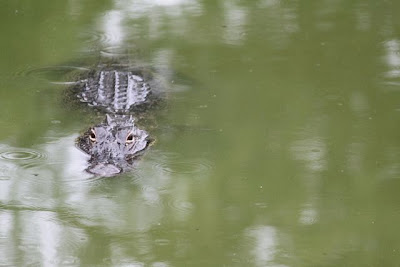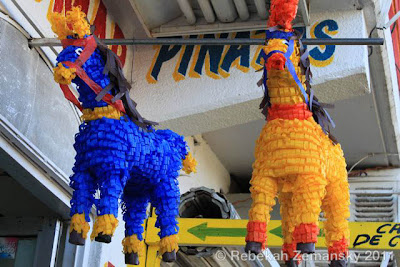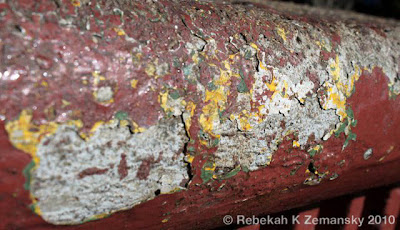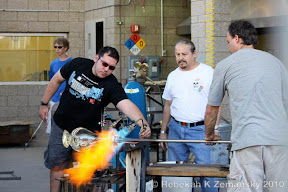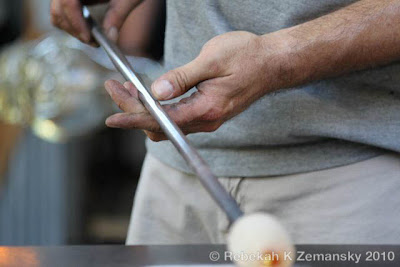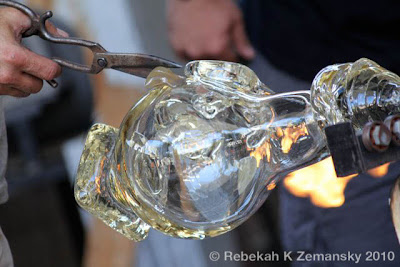 |
 |
Share this:
- Click to share on Twitter (Opens in new window)
- Share on Facebook (Opens in new window)
- Click to share on LinkedIn (Opens in new window)
- Click to share on Reddit (Opens in new window)
- Click to share on Tumblr (Opens in new window)
- Click to share on Google+ (Opens in new window)
- Click to share on Pinterest (Opens in new window)
- Click to share on Pocket (Opens in new window)
- Click to email this to a friend (Opens in new window)
- Click to print (Opens in new window)






